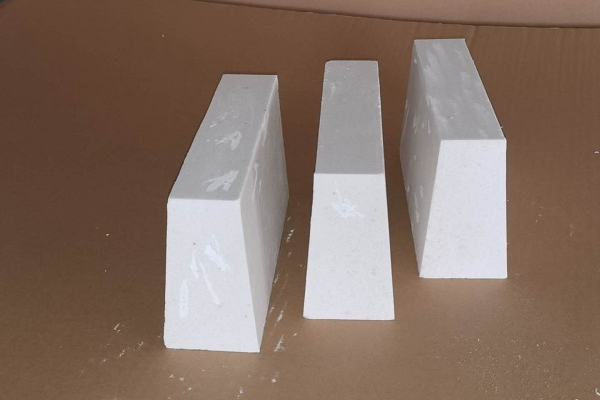He aha nga mea whakaahuru ka whakamahia i roto i nga whanariki whanariki?
A sulfur incinerator is one of the common high-temperature equipment in chemical, metallurgical, and other industrial fields, mainly used for the incineration and oxidation of sulfides. Due to its high temperature and strong corrosive working environment, it has extremely high requirements for refractory materials. Selecting suitable refractory materials is crucial for the efficient operation and long life of sulfur incinerators. Pereki alumina teitei, pereki silica, mullite bricks, zirconium refractory materials, and various insulation materials are all indispensable key materials in sulfur incinerators. The following is an introduction to the refractory materials commonly used in sulfur incinerators.

Introduction to refractory materials commonly used in sulfur incinerators

Pereki Corundum: Corundum brick is a high-temperature refractory material composed of alumina and corundum (the main crystal phase in alumina). Corundum brick is widely used in various industrial applications due to its good high-temperature resistance, wear resistance, and chemical stability.
Corundum-mullite brick: It combines two crystal phases, corundum and mullite. Corundum-mullite brick usually contains alumina, corundum, and mullite in its composition. The combination of the two makes the brick have some good properties and is widely used in high-temperature industrial fields, especially when high-temperature stability, wear resistance, and chemical stability need to be considered at the same time.

Refractory castable: This is a castable refractory material, usually used for the bottom of sulfur furnaces and other parts with complex shapes. Castables are more flexible than refractory bricks, are easier to adapt to different shapes, and are easy to construct.

Refractory coating: This is a coating used to cover the surface of the furnace to provide additional fire resistance. It can be applied to the surface of refractory bricks or other refractory materials to improve their corrosion resistance.
Refractory ceramic fiber products: Ceramic fiber products are used for heat preservation and filling cracks and pores in furnace bodies. This material is light and has good thermal insulation properties.

Corrosion-resistant coating: Corrosive gases may be produced during the incineration of sulfur ore, and corrosion-resistant coating can help protect the furnace body from corrosion.
High-temperature resistant mastic: Used to fix and connect refractory materials to ensure they maintain structural integrity in high-temperature environments.
 Rongsheng Refractory Factory
Rongsheng Refractory Factory
WeChat
Matawai te Waehere QR me te wechat